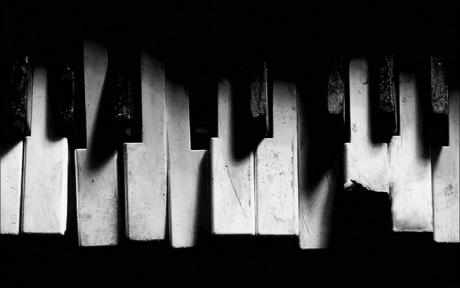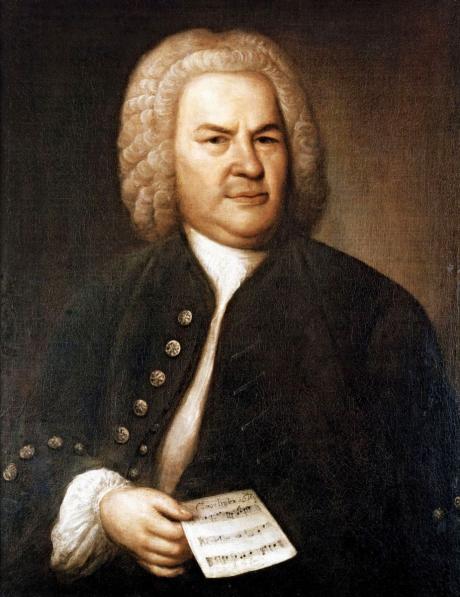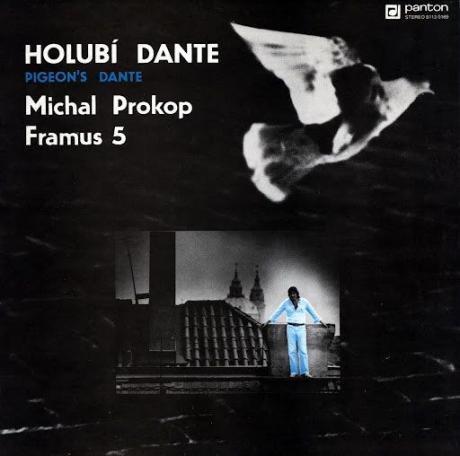Rockové klávesy - Různé systémy ladění - část 1
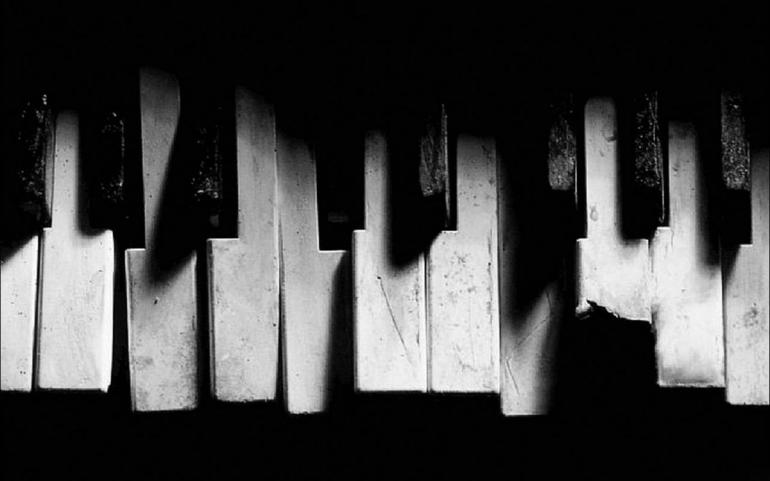
Rock keyboards: Different types of tuning systems - part 1
Greetings, readers and welcome to another edition of Rock keyboards. This month and next, I want to speak a little about different tuning systems throughout history and some of the theory behind them. Tuning is measured in Hertz which means cycles per second. For most western music, A above middle C is set at 440 Hz. This number was lower in the past and there is a big movement in music now to make A 432 Hz. Some
people call 432 Hz the universal frequency and even say it has healing properties. Many other groups believe A should be 442 or 444.

Pythagoras didn-t just talk about triangles: Pythagorean tuning
The roots of what would become modern tuning systems can actually be attributed to the Greek mathematician, Pythagoras. His system is based around the interval of a fifth. The frequency ratio of all intervals is based on the ratio 3 : 2. This ratio creates a pure or perfect fifth. These fifths are stacked on top of each other to derive the other notes in the system. The fifth is considered one of the most consonant intervals and easiest to tune by ear. In this system, however, the major thirds tend to sound out of tune to our modern ear. There are also other problems with intervals like the minor sixth which earned it the title “the wolf”.
A glimpse into the math Involved in tuning
Most of the principals involved in tuning are very mathematical and rather difficult to explain. For now, let’s just use the following example that shows some of the basic math involved in Pythagoras’ system. Notice that this example uses 432 Hz for A. For Pythagoras, A is tuned such that its frequency equals 3/2 times the frequency of D - if D is tuned to a frequency of 288 Hz, A is tuned to 432 Hz. Similarly, the E above A is tuned such that its frequency equals 3/2 times the frequency of A, or 9/4 times the frequency of D (A = 432 Hz and E = 648 Hz).
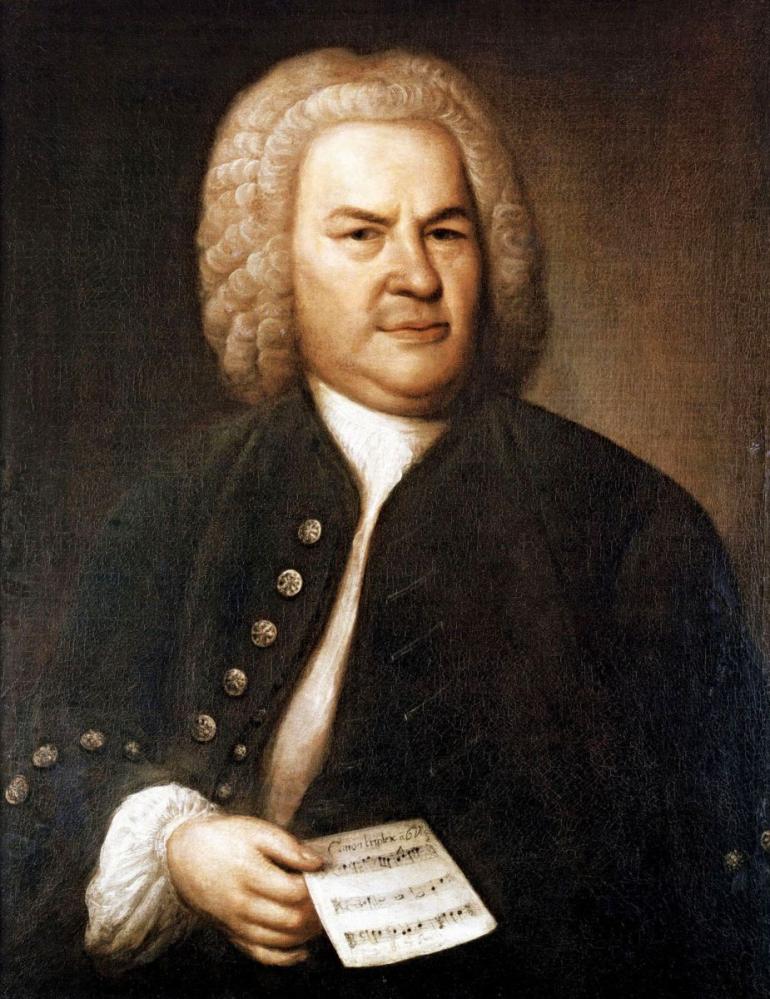
The modern era: Equal temperament
12-tone equal temperament divides the octave into twelve equally-sized intervals. It’s the most common tuning used today, especially in Western music. The aim of this system is to make all the major and minor keys sound pretty much the same without the terrible intonation problems of the other systems. A very important collection of pieces from J. S. Bach entitled The Well Tempered Klavier popularized the system and is considered by many people to be the most important work in Western Music. In Well Temperament, the frequency ratio of the interval between two adjacent notes is 1.059. When compared to Pythagoras, this makes the 4ths and 5ths sound almost the same but a little less consonant. The big difference is that the 3rd and 6th intervals are wider and more in tune to our modern ears.
Next month we will explore some other earlier and uncommon tuning systems.
Slovníček frází a hudebního žargonu
Vážení čtenáři, dnešní vydání Rockových kláves je o mimořádně zajímavém tématu ladění. Do anglicko-českého slovníčku jsem vybral následujících osm výrazů a spojení, doufám, že pro vás relevantních a zajímavých, a že vás bude čtení bavit!
Tuning: Protože to je dnes o ladění, pojďme si pro jistotu prosvištět základní výrazivo. To tune znamená (na)ladit, tuner je ladička a tuning ladění.
Hertz: Hertz je samozřejmě jednotka frekvence, označuje se Hz a patří do Mezinárodního systému jednotek (SI). Co možná už není tak známé, je fakt, že je tato fyzikální veličina pojmenovaná po Heinrichu Rudolfovi Hertzovi, německém fyzikovi, který dokázal vyzkoušet a potvrdit dřívější předpoklady o šíření elektromagnetických vln. Svými experimenty odstartoval vývoj, který nás dovedl až k dnešním sdělovacím prostředkům.
Cycles per second: Česky kmitů za sekundu (cyklů za sekundu), jde o vyjádření rozměru veličiny frekvence, a říká, kolik jevů se odehraje za daný časový okamžik. Původně tak byla označovaná sama jednotka frekvence, než bylo v roce 1960 přijato označení Hertz (Hz).
Movement: Sloveso move znamená pohyb, jako frázové sloveso má řadu dalších významů. A tak by nás jistě napadlo, že podstatné jméno movement znamená pohyb, ale hlavním významem je hnutí, ve významů občanské, v článku bychom přeložili zřejmě nejvhodněji jako názorový proud.
Healing properties: V dnešní době velmi používané spojení, znamená léčebné účinky.
Pure or perfect fifth: Jak se píše v článku, v průběhu času se vyvíjel názor na to, jak poskládat intervaly, tak, aby ladily nejen jednotlivé tóny, ale i všechny intervaly. Dnes je takzvaná perfektní kvinta převládající způsob ladění, interval je temperovaný.
Stacked on top of each other: Klávesákům možná slovo stack nic neříká, ale kytaristy, věřím, zahřeje u srdíčka. Stackem totiž pojmenoval Jim Marshall svou hradbu dvou 4x 12” reprobeden postavených na sobě. Byly „stack on top of each other“, tedy naskládané na sobě.
Equal temperament: Jde o temperované ladění. Tedy v článku popisovaný systém ladění, kdy jsou některé intervaly záměrně upraveny tak, aby se dalo zkonstruovat piano s 88 klávesami a c# bylo zároveň d♭.
